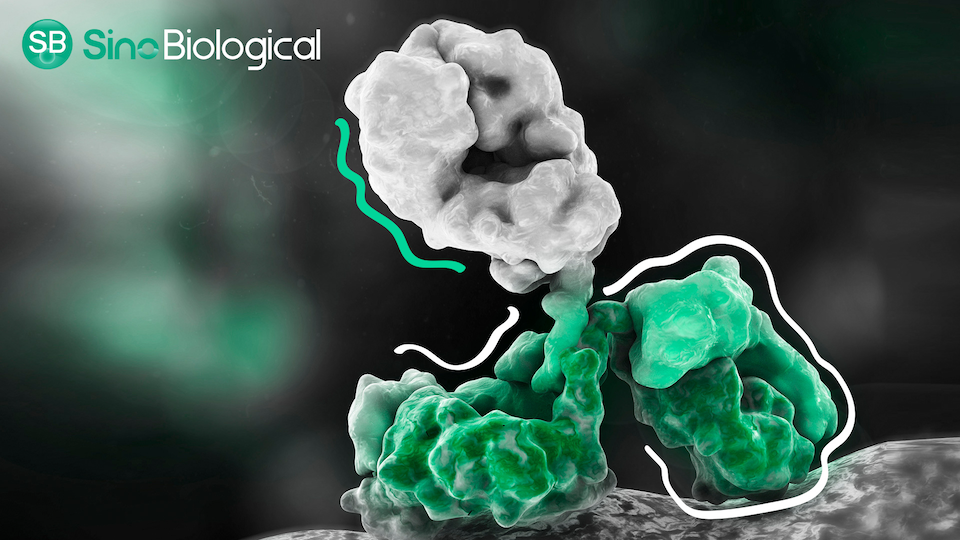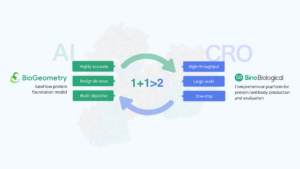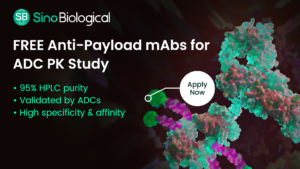
Nanobodies: An Important Tool for the Next Generation of Tumor Diagnostics and Therapeutics
Nanobodies are emerging as important tools for tumor diagnosis and treatment due to their small size, simple humanization, low immunogenicity, superior affinity and stability, high penetration, and adequate levels of solubility, and are expected to revolutionize the antibody-based drug therapy. In 2018, the world´s first nanobody was approved for marketing in the European Union to treat adult patients with acquired thrombotic thrombocytopenic purpura. At present, more than 20 nanobodies are being tested in clinical research worldwide, mostly in clinical phase I or II.
What are nanobodies?
A nanobody (Nb), also known as single-domain antibody, is a type of antibody found in camelids, such as alpacas and dromedaries, and in cartilaginous fish, such as sharks and rays. It naturally lacks light chains and binds to the antigens through variable regions on the heavy chain. Single-domain antibodies with only heavy-chain variable regions (4 nm in length, 2.5 nm in diameter, and 12-15 kDa in molecular weight) are currently the smallest, naturally-derived antigen-binding fragments, with a size that is only one-tenth of the standard antibody size, and are therefore referred to as nanobodies.
The VH domains of nanobodies and monoclonal antibodies are similar and consist of four conserved framework regions (FR1-FR4) and three highly variable antigen-binding loops (CDR1-CDR3). However, compared to monoclonal antibodies, whose CDR1 and CDR3 loops are enlarged, nanobodies have a greater structural flexibility, which implies an increased antigen affinity. Nanobodies can also be designed with a combination of multiple functional domains to prepare multi-specific antibodies and obtain a larger number of functions, thus achieving specific nanobody conjugations.

FIGURE 1. Illustration of the general nanobody structure and different nanobody types (Source: https://doi.org/10.3389/fonc.2020.01182).
Use of nanobodies
Nanobodies can be widely applied and have shown promising prospects in a wide range of pathologic conditions, such as central nervous system diseases, circulatory system diseases, infectious diseases, and oncological and inflammatory diseases. Especially in the field of cancer immunotherapy, nanobodies can be used for the recognition and therapeutic inactivation of checkpoint inhibitors, activation of antigen-presenting cells (APCs), blocking of immunosuppressive cells, neutralization of immunosuppressive molecules, cytokine regulation, and for the development of CAR-T or CAR-NK cells.

FIGURE 2. Illustration of nanobodies targeting a tumor microenvironment (Source: https://doi.org/10.3389/fonc.2020.01182).
Nanobodies are widely used in the field of tumor diagnosis and therapeutics. The lack of FC domains causes nanobodies to lose their ADCC or CDC activity and have low cytotoxicity. Therefore, conjugating nanobodies with toxins or anti-tumor drugs not only compensates for their low cytotoxicity, but also accurately delivers therapeutic drugs. Similarly to antibody-drug conjugates (ADCs), nanobody-drug conjugates (NDCs) selectively kill tumor cells by conjugating toxins, chemotherapeutic drugs, and target proteins to nanobodies through linkers. Therefore, nanobodies are gradually becoming an important tool for the next generation of clinical cancer diagnostics and therapeutics.
Nanobody preparation
Nanobodies will be increasingly applied in the future, and it is necessary to determine and select the optimal strategies for their preparation. Generally, nanobodies are prepared using immune libraries. Appropriate nanobodies are screened by immunizing camelids and using phage display technology or MS spectral identification.

FIGURE 3. Preparation of nanobodies using phage display technology (Source: Sino Biological).
Technical services for preparation of nanobodies at Sino Biological
Sino Biological has independently developed and established a nanobody platform with a storage capacity of 108-109.
Through this platform, the candidate antibody of the druggable target (PD-L1) was successfully obtained via competitive screening. The affinity of this antibody is comparable to that of the positive control antibody, while its blocking and cell activities were shown to be superior to those of the positive control antibody. The data obtained from the specific comparative test are shown below.

FIGURE 4. Evaluation of antibody blocking activity (Source: Sino Biological)

FIGURE 5. Cell activity evaluation (Source: Sino Biological)
Table 1. Detailed data of antibody blocking activity and cell activity (Source: Sino Biological)
| Sample ID | IC50 (µg/mL) | EC50 (µg/mL) |
| Atezolizumab | 0.14426 | 0.38 |
| Durvalumab | 0.1419 | 0.33 |
| B7H1Nh394 | 0.08344 | 0.23 |
| B7H1Nh484 | 0.10723 | 0.51 |
References:
1. Emily Y. Yang and Khalid Shah, Nanobodies: Next Generation of Cancer Diagnostics and Therapeutics. Frontiers in Oncology, 2020.
2. Peter Bannas, Julia Hambach and Friedrich Koch-Nolte, Nanobodies and Nanobody-Based Human Heavy Chain Antibodies As Antitumor Therapeutics. Frontiers in Immunology, 2017.
3. Bao et al. Nanobody: a promising toolkit for molecular imaging and disease therapy. EJNMMI Res, 2011.
4. Manman Liu, et al. Nanobody-Ferritin Conjugate for Targeted Photodynamic Therapy. Chem. Eur. J., 2020.


 Sino Biological
Sino Biological
